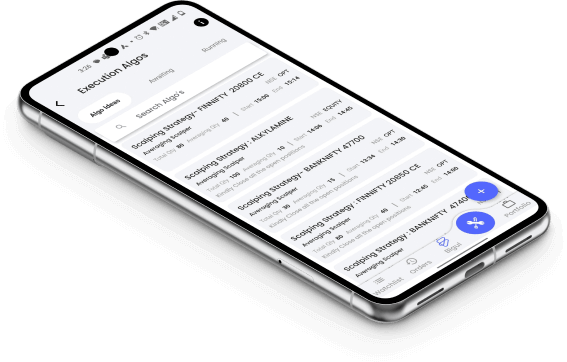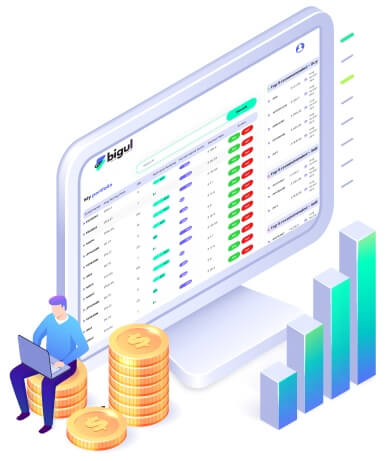Futures are financial contracts obligating buyers to purchase or sellers to sell assets. It is possible in equity, commodities as well as in currencies at a predetermined future date and price.
Acting as a risk management tool, futures allow investors to hedge against price fluctuations. Traders speculate on the future value of commodities, currencies, or financial instruments, facilitating price discovery and market liquidity.
These standardized agreements are traded on organized exchanges, providing a transparent platform for participants in the global financial markets.
Key Features of Future Contracts
Futures contracts have the following key features:
1. Standardization
Standardization in futures contracts ensures uniformity in terms of contract size, expiration date, and settlement procedures. This facilitates widespread trading on organized exchanges, enhancing liquidity and efficiency.
Traders benefit from clear, predefined terms, streamlining transactions and contributing to a transparent and accessible marketplace for various financial assets.
2. Contract Size
The contract size in futures refers to the standardized quantity of the underlying asset represented by a single futures contract. This predetermined size, set by the exchange, allows for consistency and ease of trading.
For example, in gold futures, a contract size of 100 troy ounces means each contract represents the obligation to buy or sell 100 ounces of gold at the agreed-upon price upon contract expiration.
3. Margin Requirements
Futures trading demands an initial margin deposit, a percentage of the contract value, ensuring participants have collateral. This financial cushion protects against potential losses.
Additionally, maintenance margins may be enforced to sustain adequate funding in the margin account throughout the trading process.
4. Leverage
Futures trading allows for substantial leverage, enabling traders to control a large position with a comparatively small amount of capital.
While this amplifies profit potential, it also increases the risk of significant losses, necessitating prudent risk management to avoid margin calls and account liquidation.
5. Expiration Date
The expiration date in futures contracts designates when the contract must be settled. Traders can choose to close positions before the date or allow the contract to reach maturity.
It is a crucial aspect in determining when the agreed-upon transaction for the underlying asset must take place, concluding the contract.
6. Price
The futures contract specifies a predetermined price at which the underlying asset will be bought or sold upon contract expiration.
This price, known as the futures price, reflects market expectations regarding the future value of the asset and is a crucial component in determining potential profits or losses for traders.
7. Exchange-Traded
Futures contracts are exchange-traded, providing a centralized marketplace for buying and selling. This organized environment ensures transparency, efficient trading, and price discovery.
Participants, including hedgers and speculators, benefit from a standardized and regulated platform that facilitates fair and orderly transactions in the futures market.















